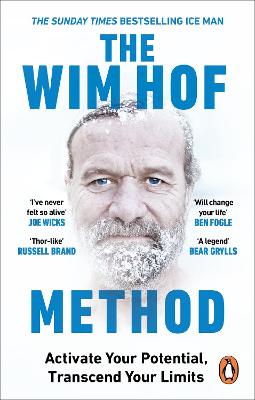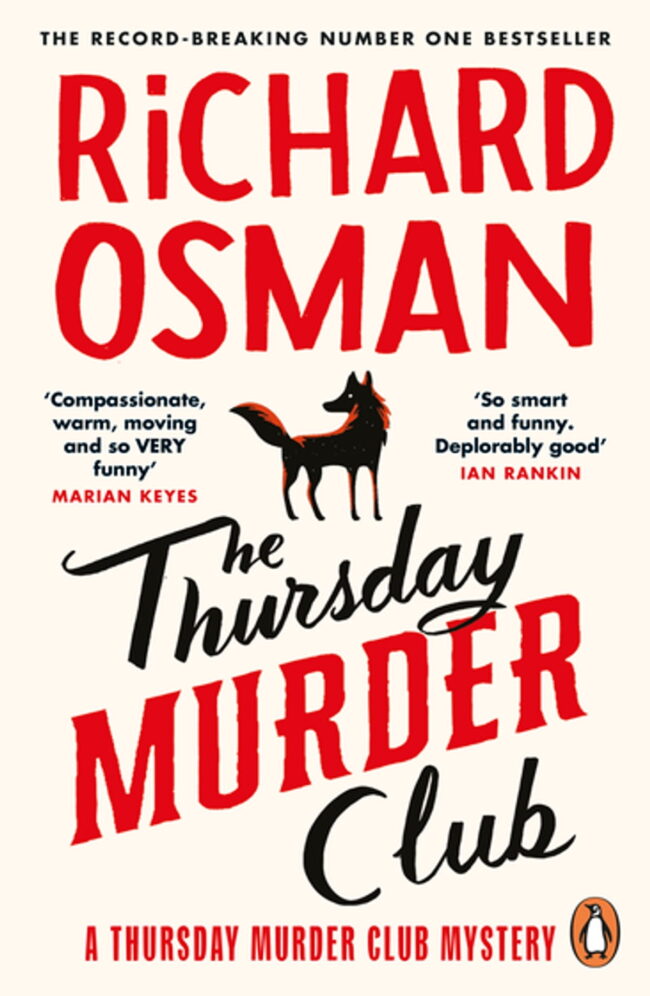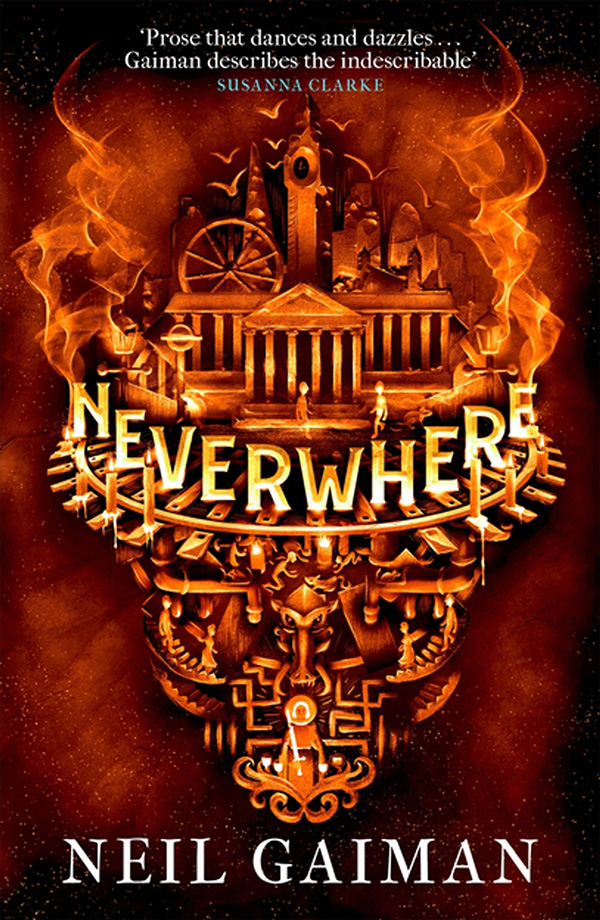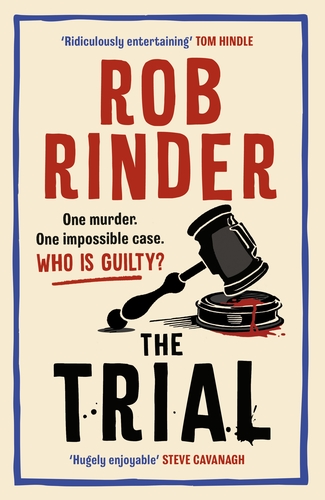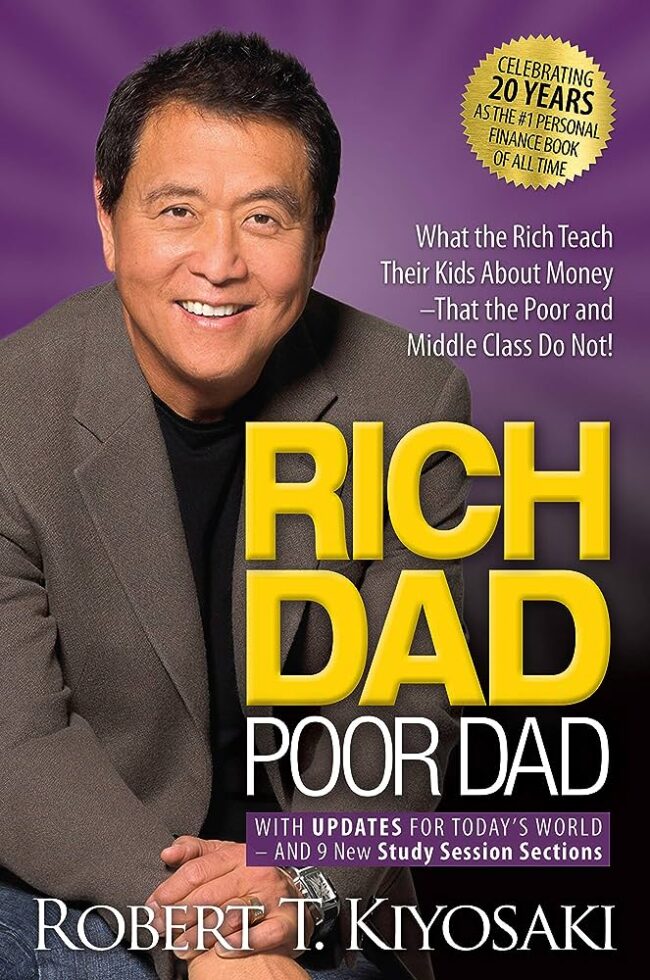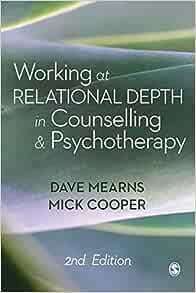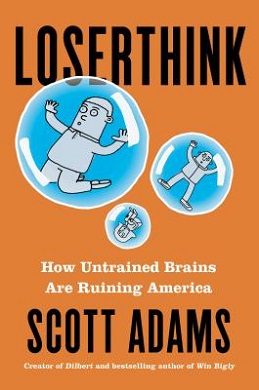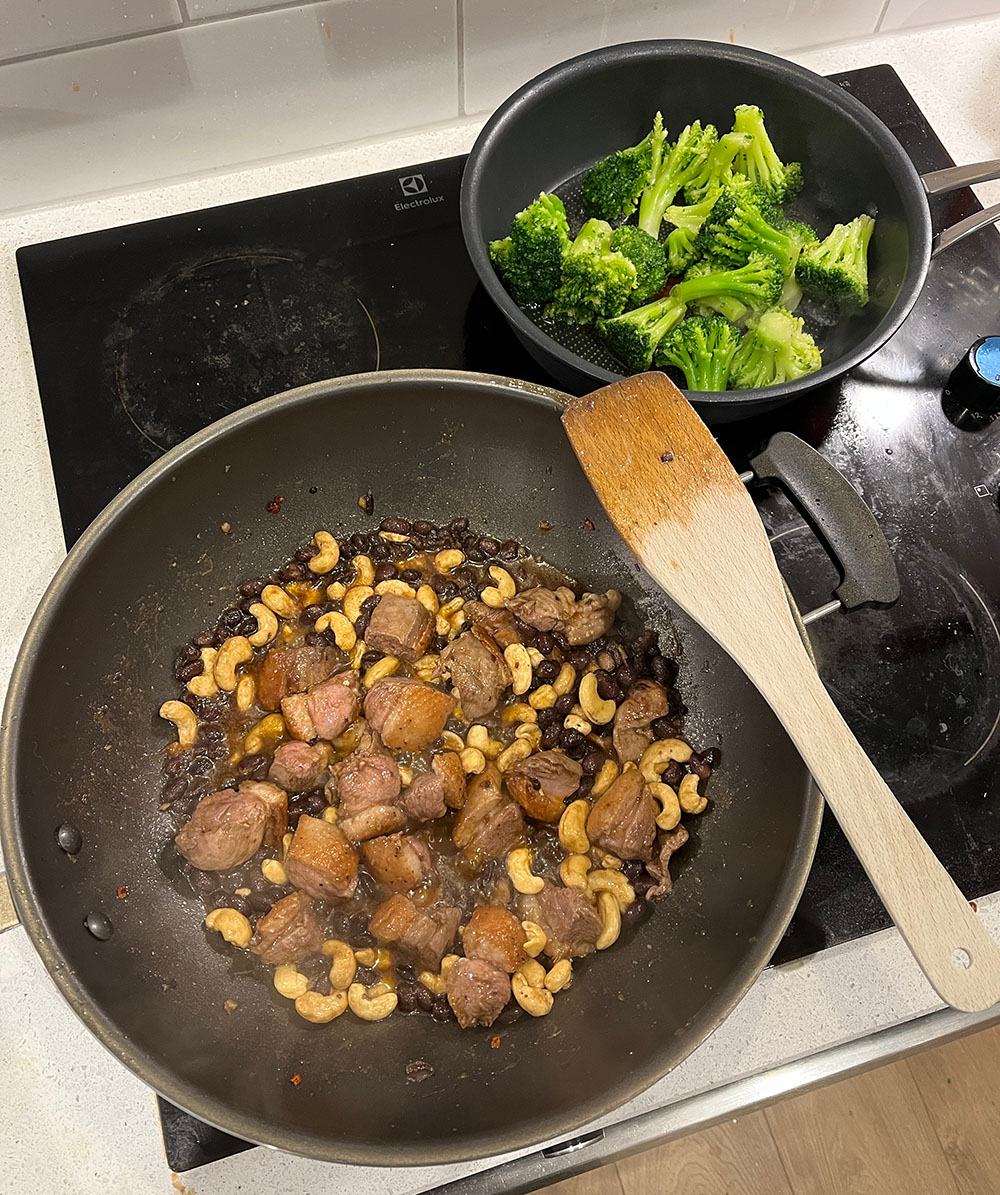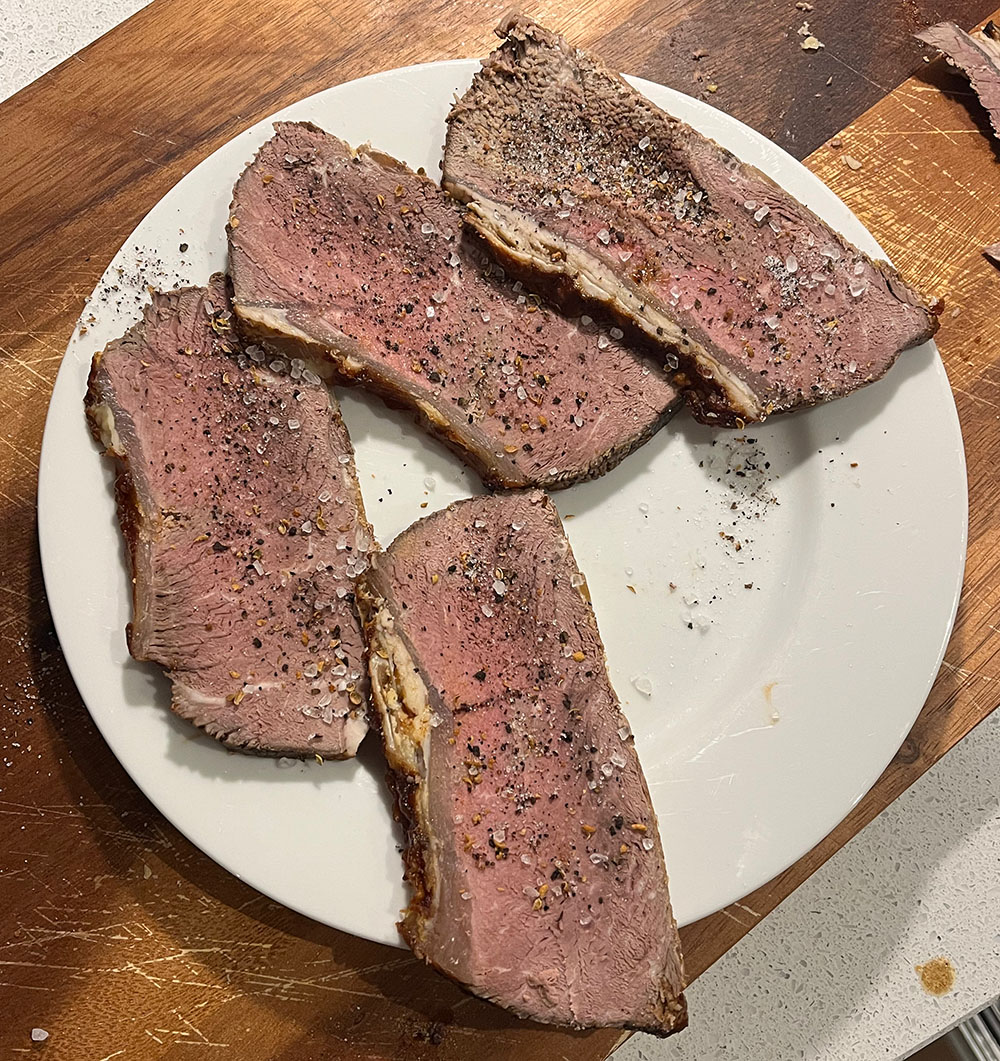The Obstacle Is the Way
Sunday, November 19th, 2023 | Books
The Obstacle Is the Way: The Timeless Art of Turning Trials into Triumph is a nonfiction book by Ryan Holiday. I really enjoyed his book Ego si the Enemy so I had been meaning to reard this one for quite a while.
In the book, he puts forward the case for stoicism. In particular, living our lives in the philosophy of perseverance and acceptance. Expect the worst while trying to achieve the best and almost never give up. When things do go wrong, accept that it happened and be determined to rebuild.
In some ways, this is one of those books when, once you have the title, you really have the book. The text itself is just an elaboration, and part sales pitch, on why you should do what the cover says: see obstacles as your path to success rather than something to be avoided.
The book is broken down into many mini lessons. Many of them useful, although some difficult to see how I would integrate them into my personal development work. For example, Holiday urges us to buil resilience by training our physical bodies. I’m currently trying to figure out whether running is a useful tool for maintaining my mental health, or I’m literally running away from my problems. Most likely it is both.
He also puts forward the idea of the pre-mortem. Before you even launch your project, imagine how it has gone wrong and why, so you can troubleshoot problems before they even begin. This sounds like a really useful tool in business. But also dangerous when used in our personal lives for those of us who are high in trait neuroticism.
Some bits are both depressing and inspiring. The more successful you are, the more obstacles you encounter. Behind mountains are more mountains. This reminded me of that meme that suggests being an adult is just a series of “I’ll get just through this and then I’ll have a break and recover” endlessly for the rest of our lives.
I did really enjoy the idea that beyond acceptance, there is feeling great about something because it was meant to happen. The idea that when a relationship breaks down, we don’t get the job we want, or something else unfortunate happens, we reframe it as something that will ultimately turn out to be a positive force in our lives.
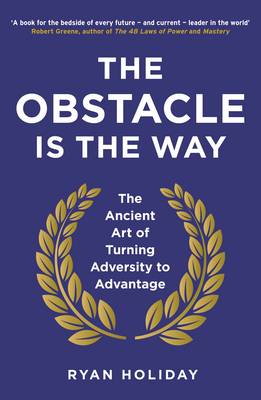
The Obstacle Is the Way: The Timeless Art of Turning Trials into Triumph is a nonfiction book by Ryan Holiday. I really enjoyed his book Ego si the Enemy so I had been meaning to reard this one for quite a while.
In the book, he puts forward the case for stoicism. In particular, living our lives in the philosophy of perseverance and acceptance. Expect the worst while trying to achieve the best and almost never give up. When things do go wrong, accept that it happened and be determined to rebuild.
In some ways, this is one of those books when, once you have the title, you really have the book. The text itself is just an elaboration, and part sales pitch, on why you should do what the cover says: see obstacles as your path to success rather than something to be avoided.
The book is broken down into many mini lessons. Many of them useful, although some difficult to see how I would integrate them into my personal development work. For example, Holiday urges us to buil resilience by training our physical bodies. I’m currently trying to figure out whether running is a useful tool for maintaining my mental health, or I’m literally running away from my problems. Most likely it is both.
He also puts forward the idea of the pre-mortem. Before you even launch your project, imagine how it has gone wrong and why, so you can troubleshoot problems before they even begin. This sounds like a really useful tool in business. But also dangerous when used in our personal lives for those of us who are high in trait neuroticism.
Some bits are both depressing and inspiring. The more successful you are, the more obstacles you encounter. Behind mountains are more mountains. This reminded me of that meme that suggests being an adult is just a series of “I’ll get just through this and then I’ll have a break and recover” endlessly for the rest of our lives.
I did really enjoy the idea that beyond acceptance, there is feeling great about something because it was meant to happen. The idea that when a relationship breaks down, we don’t get the job we want, or something else unfortunate happens, we reframe it as something that will ultimately turn out to be a positive force in our lives.

